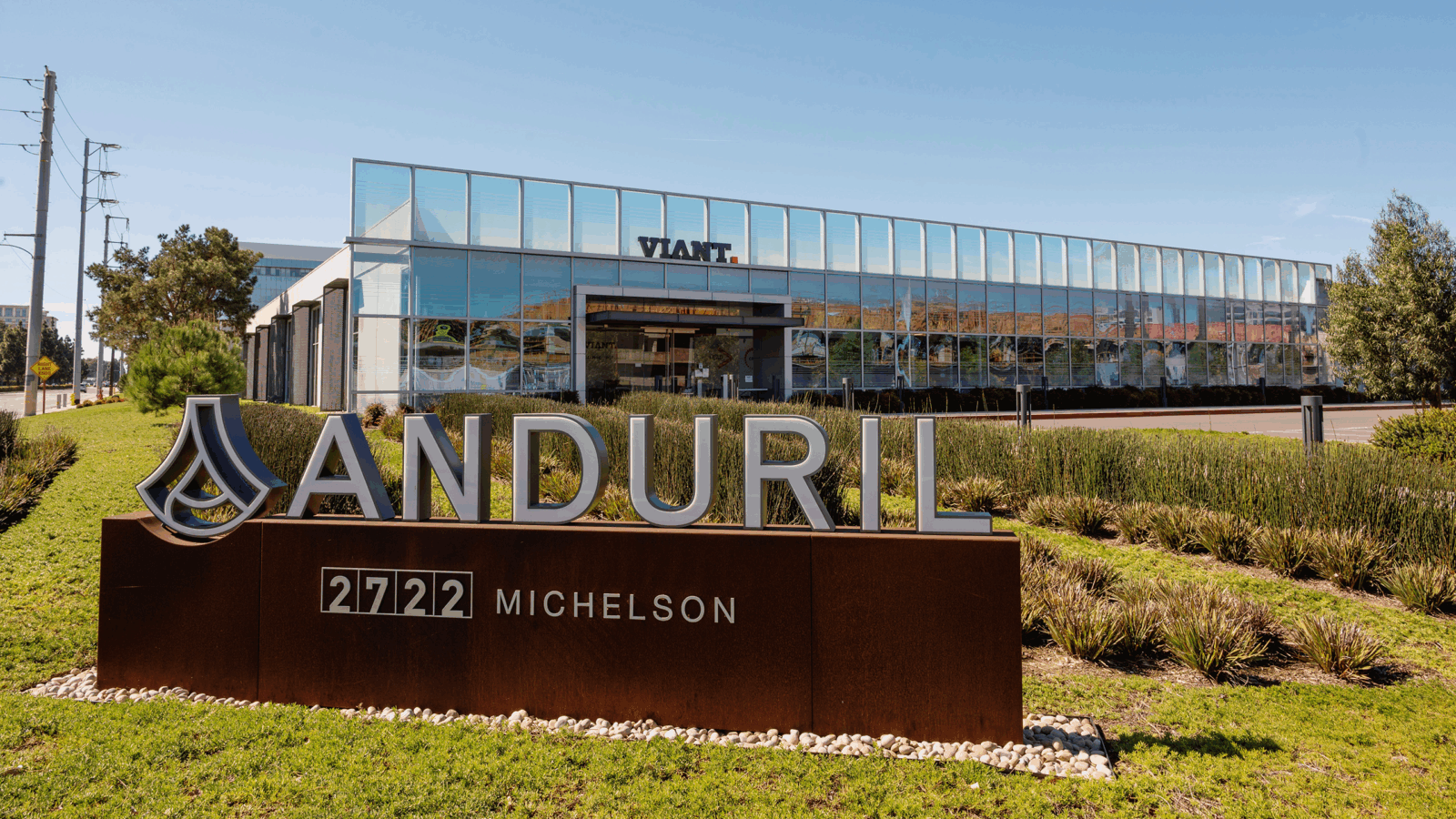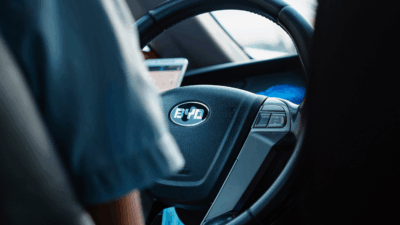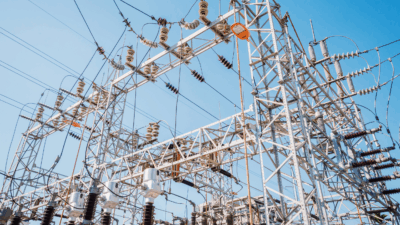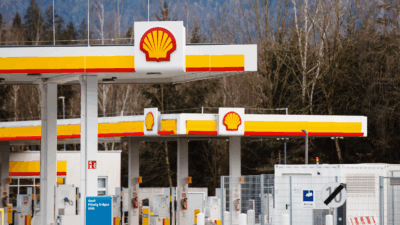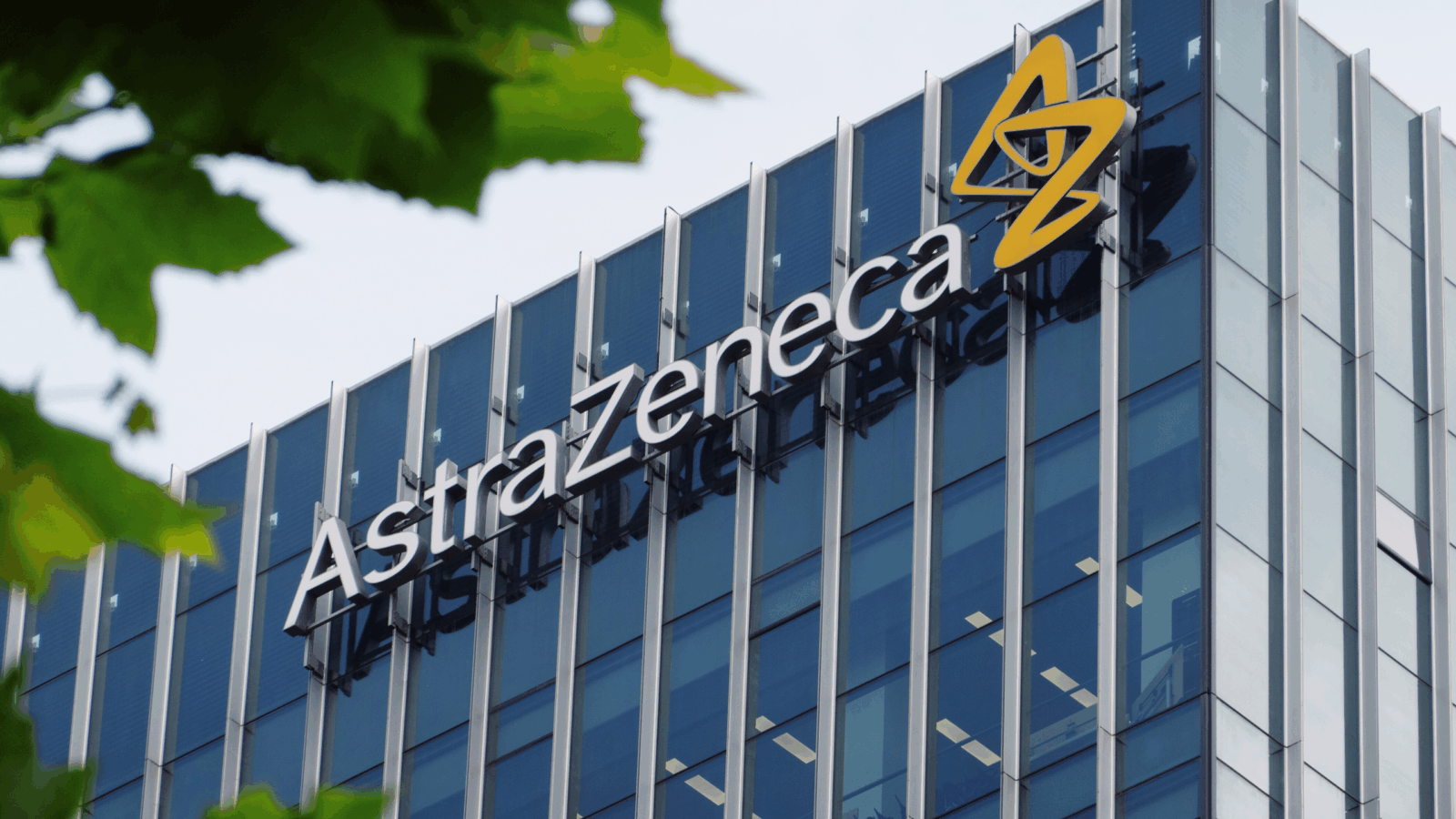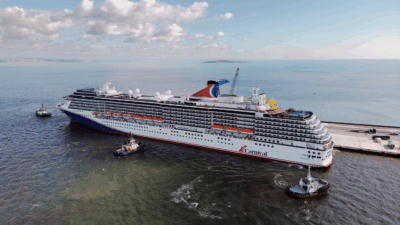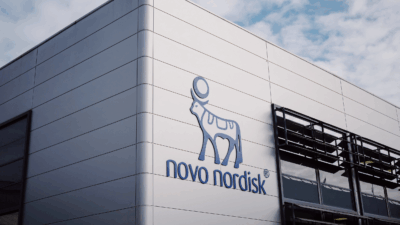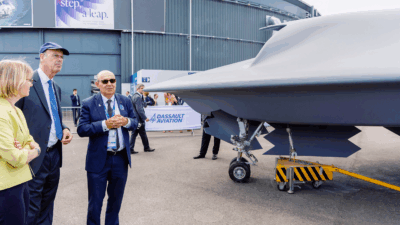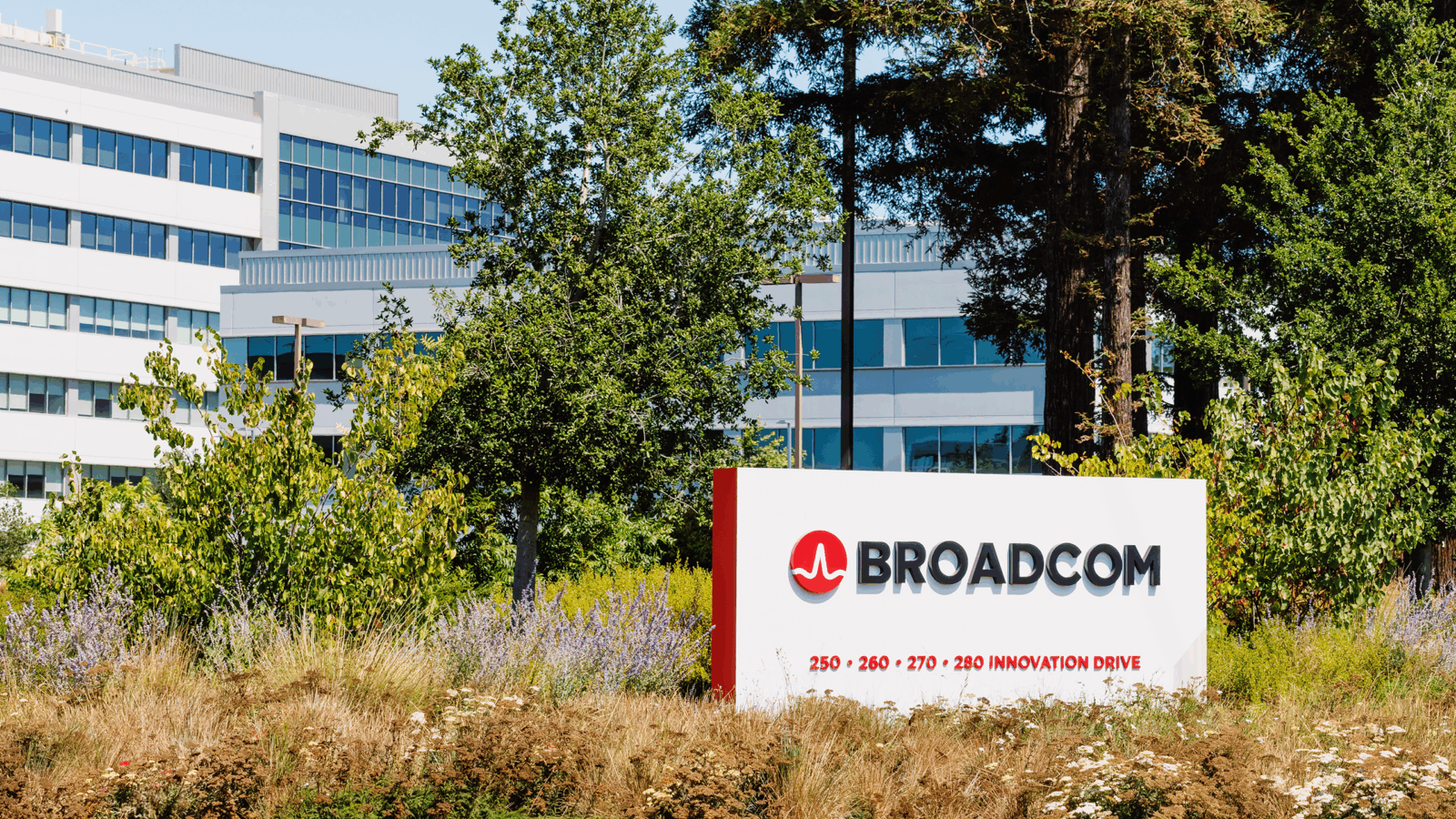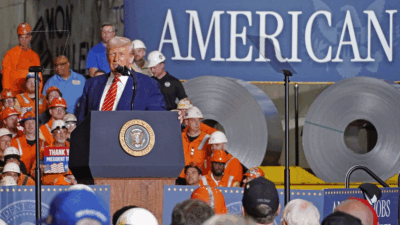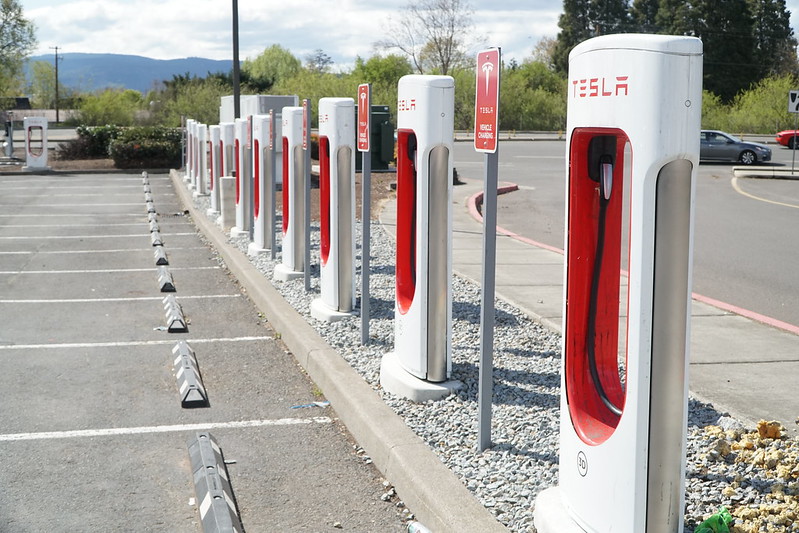
Sign up for smart news, insights, and analysis on the biggest financial stories of the day.
If the EV revolution is underway, Tesla wants to lead the charge. Literally.
On Tuesday, Rivian became the latest electric vehicle competitor to agree to incorporate Tesla’s charging ports and extensive charging network for its fleet of vehicles, following similar deals struck by Ford and General Motors earlier this summer.
For Rivian, which burned nearly $6.8 billion last year amid ongoing struggles to hit production goals, the move marks something of another slapdash effort to stay alive. For Tesla, it’s a way to stay dominant in the EV space as its technology edge shrinks and competitors rapidly invade the market.
Port of Call
The EV pace-setter has a network of some 17,700 fast chargers at more than 1,650 stations across the US. But that’s just a small sliver of the roughly 54,000 public charging stations nationwide, according to the Department of Energy. Roughly 32,000 of them are owned by now-SPAC-ified startup ChargePoint.
Tesla’s Supercharger ports, however, have one major advantage: they’re super quick.
Cross-country trips via EVs are doable, they just require a little more planning than rambling wannabe-Jack Kerouac road warriors would like. They also require turning recharge pit stops into potentially 8-hour-long layovers, should drivers rely on the standard slow-charging plugs offered by ChargePoint and most competitors. Tesla’s stations, however, can juice a car to 200 miles worth of battery capacity in just 15 minutes, the company claims — just enough time to rush to the bathroom and grab a gas station snack.
It’s why even Tesla’s competitors — and the US government — have found it to be a favorite option:
- Rivian will include a Supercharger adapter for its R1T and R1S models starting in 2024, with future models incorporating the port from the get-go starting in 2025. GM models will be built with the charging hardware starting in 2025, while Ford will include the ports starting next year.
- When Tesla first granted third-party access to its chargers early this year, it was the White House that announced the news, as a part of the Inflation Reduction Act which sent billions in spending and tax credits toward complimenting private investment in EV infrastructure.
Shifting Gears: Access to the Supercharger network was once seen as a selling point for Tesla. But opening up the network has its perks, too. Charging prices at Tesla stations can vary by location, and the company says accommodating non-Teslas brings additional costs. It is, however, introducing a $12.99 monthly membership to third-party car drivers for a reduced per-kilowatt-hour charging price.
Fork in the Road: Still, some critics are pushing caution. Eleftheria Kontou, an assistant professor at the University of Illinois who studies EV infrastructure, told the Wall Street Journal that the push to promote Tesla’s charging network could bifurcate the EV industry, and “may, in the long run, disrupt efforts for a universal and equitable fast charging network with standardization, and may complicate interoperability for manufacturers.” It’s iPhones and Androids all over again.
